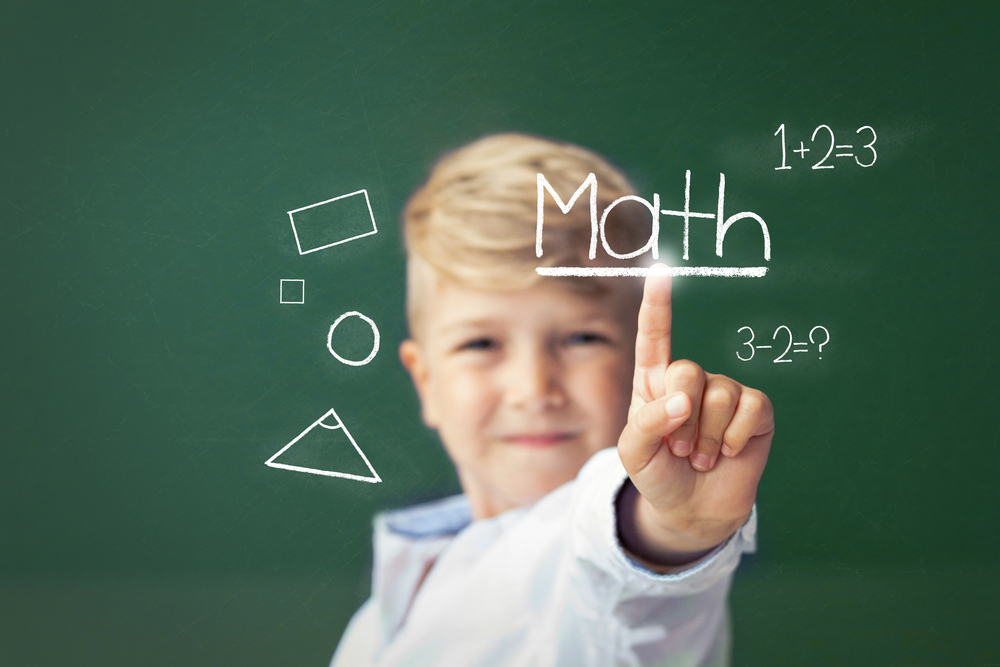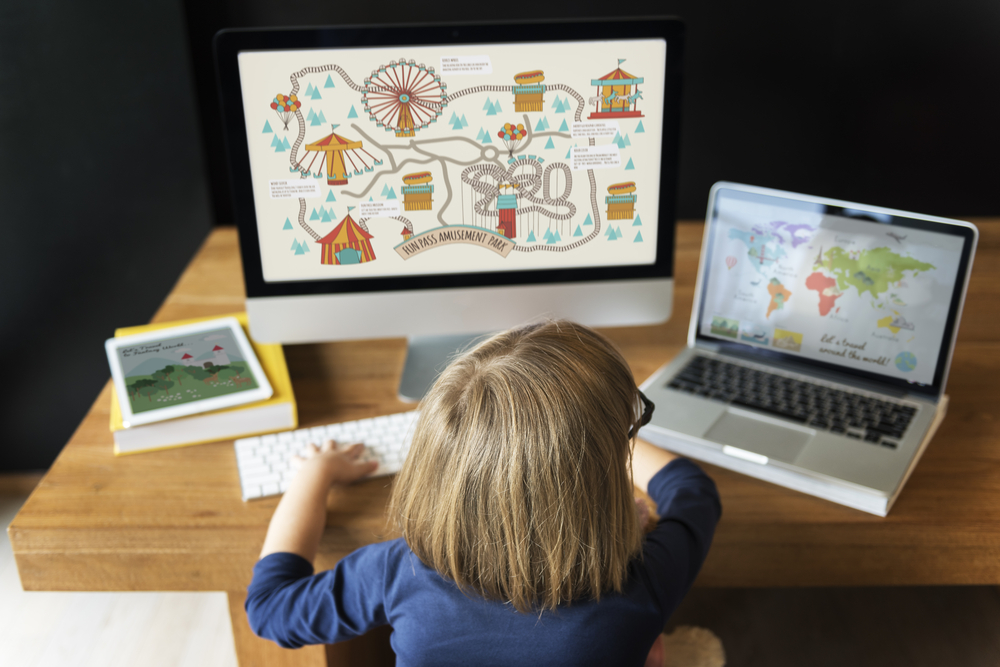Basic geometry concepts Math Worksheets
3 filtered results
-
From - To
Unlock the captivating world of shapes with our Basic Geometry Concepts Math Worksheets! Designed for young learners, these printable worksheets introduce essential concepts like lines, angles, circles, polygons, and more. Kids Academy's engaging activities ensure a solid foundation in geometry through fun exercises, puzzles, and illustrations. Perfect for kindergarten through elementary grades, these worksheets help students visualize and understand geometric principles while boosting spatial awareness and critical thinking. Explore our comprehensive collection to enhance your child's math skills and confidence. Start your educational adventure with Kids Academy today!
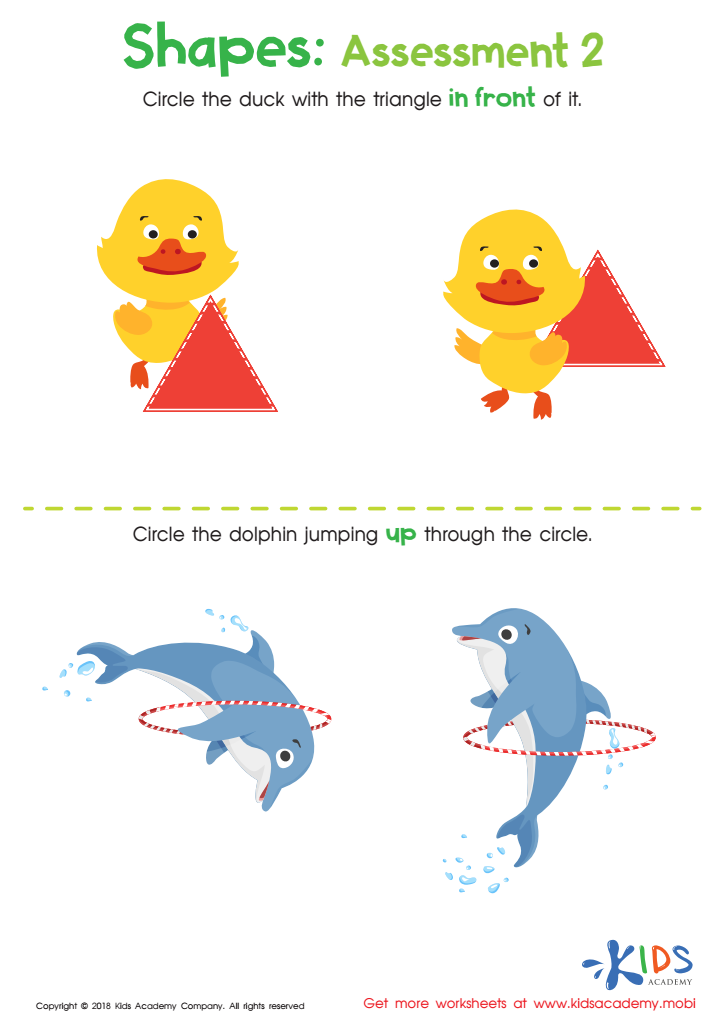

Geometry – Assessment 2 Worksheet
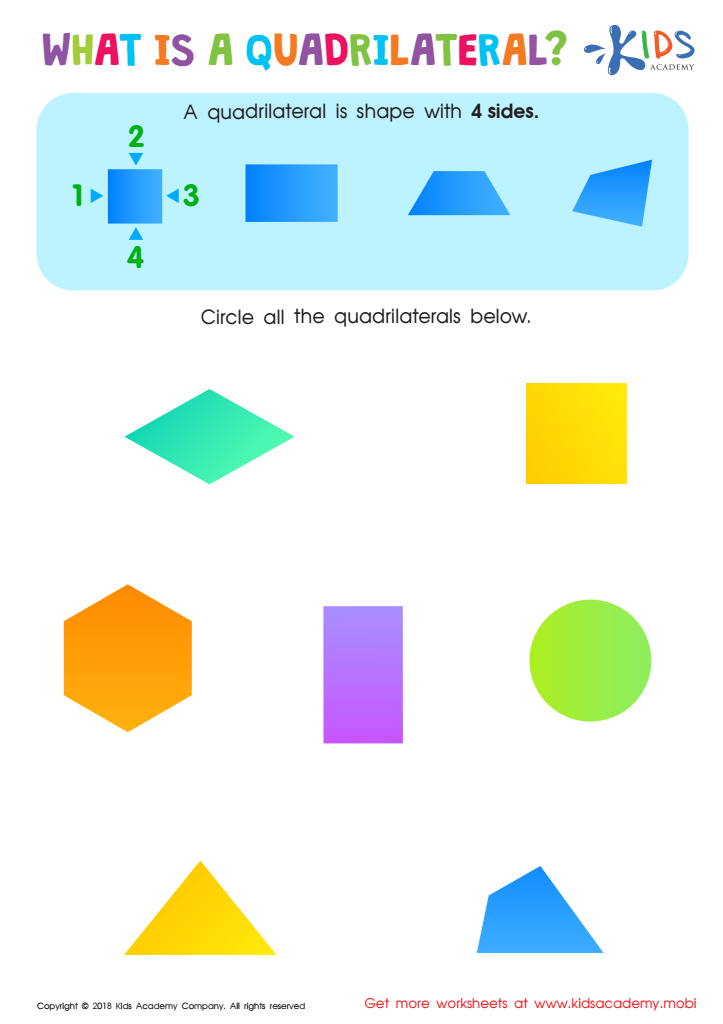

What Is a Quadrilateral? Worksheet
Basic geometry is fundamental for early education as it lays the groundwork for more advanced mathematical concepts and real-world problem-solving. Parents and teachers should prioritize teaching these concepts because they play a crucial role in cognitive development. Understanding shapes, sizes, spaces, and positions helps children improve their spatial awareness, which is essential for tasks such as reading maps, assembling puzzles, or even navigating daily environments.
Moreover, basic geometry supports the development of important life skills like logical thinking, pattern recognition, and analytical reasoning. These skills are not only indispensable for future academic pursuits, especially in STEM (Science, Technology, Engineering, and Mathematics) subjects, but they also enhance critical thinking abilities.
In addition, geometry often incorporates visual and hands-on learning methods that can engage students more effectively than abstract number-based math. Recognizing and relating to geometric shapes brings math to life, making it tangible and relevant. This can foster a love for mathematics early on, reducing math anxiety and building self-confidence.
Finally, geometry also intersects with art and science, broadening a child's appreciation of different fields and struggling subjects. When parents and teachers emphasize the importance of basic geometry, they equip children with essential tools that support academic excellence and everyday life proficiency.

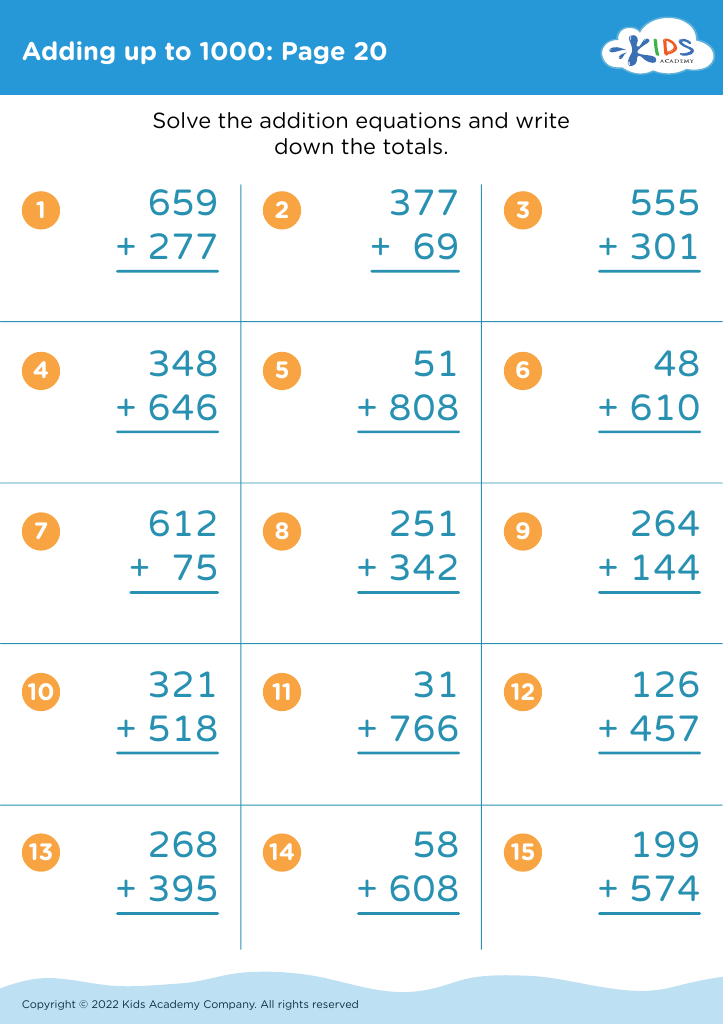
 Assign to the classroom
Assign to the classroom

